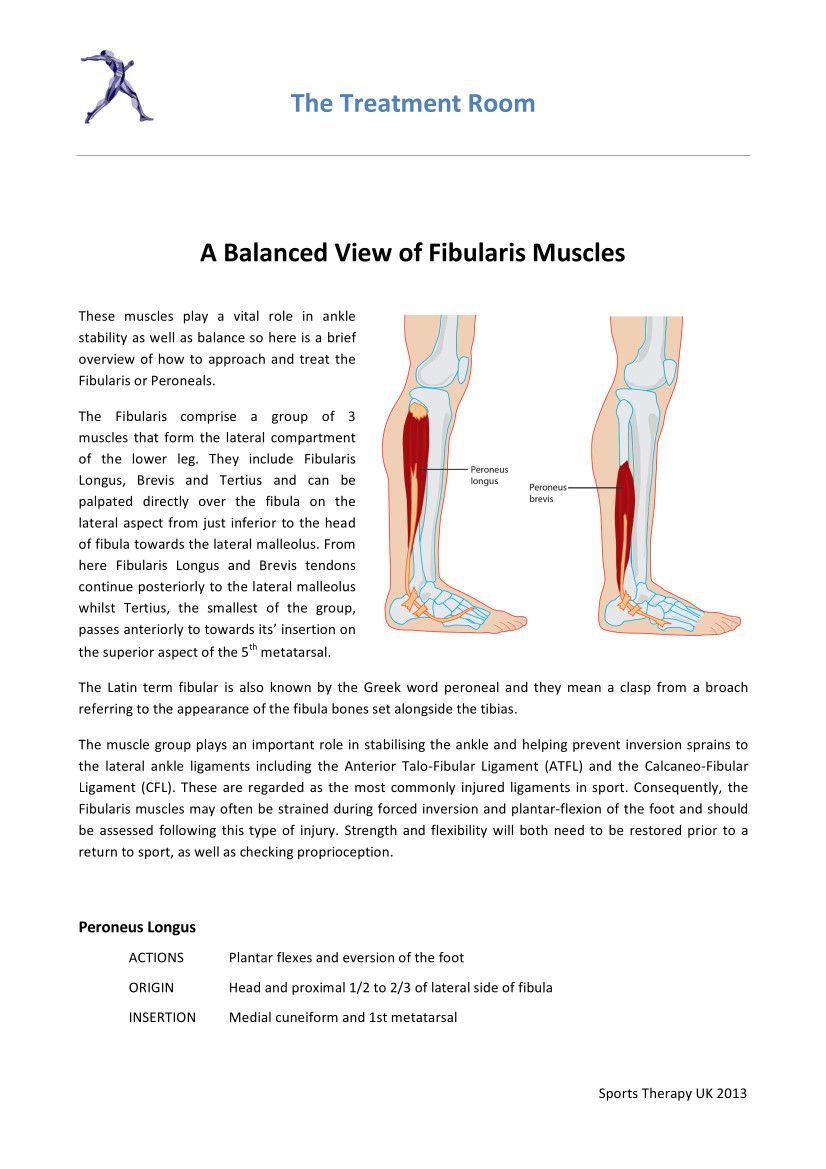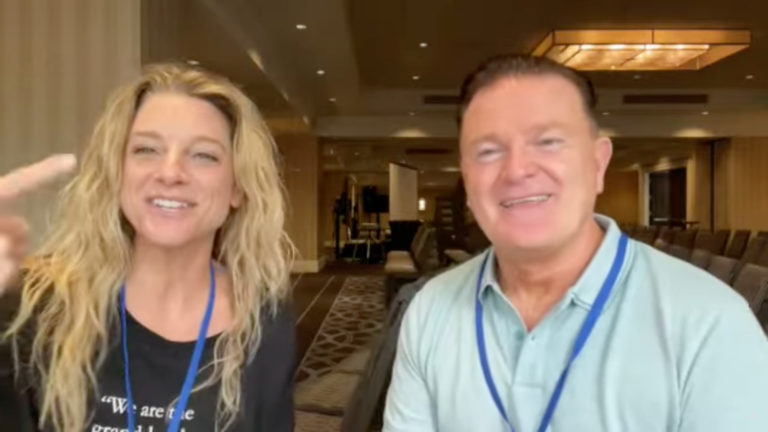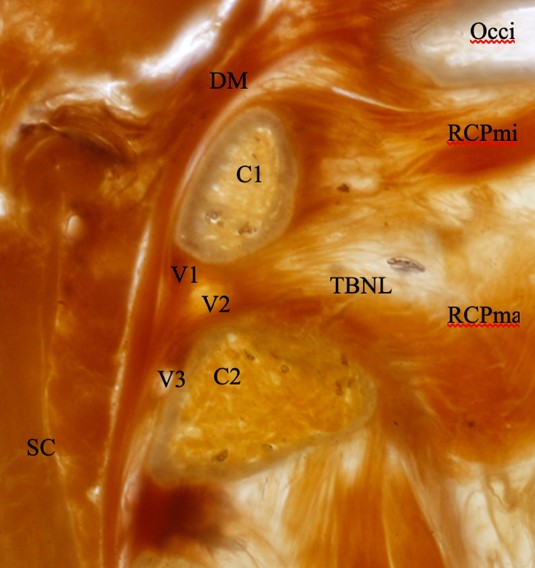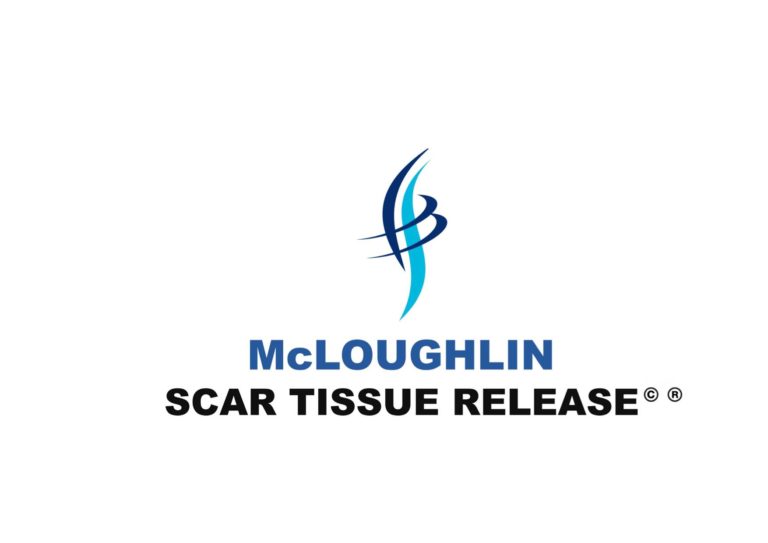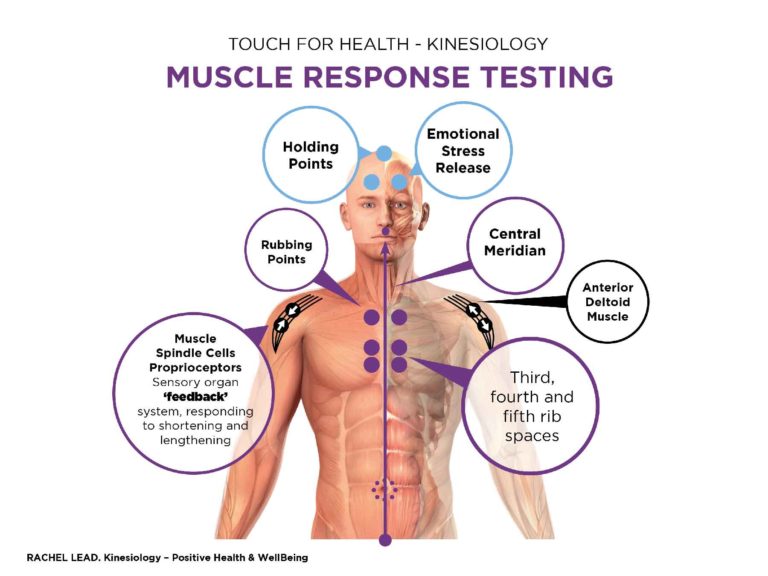Abstract
These muscles play a vital role in ankle stability as well as balance so here is a brief overview of how to approach and treat the Fibularis or Peroneals.
The Fibularis comprise a group of 3 muscles that form the lateral compartment of the lower leg. They include Fibularis Longus, Brevis and Tertius and can be palpated directly over the fibula on the lateral aspect from just inferior to the head of fibula towards the lateral malleolus. From here Fibularis Longus and Brevis tendons continue posteriorly to the lateral malleolus whilst Tertius, the smallest of the group, passes anteriorly to towards its insertion on the superior aspect of the 5th metatarsal.
The Latin term fibular is also known by the Greek word peroneal and they mean a clasp from a broach referring to the appearance of the fibula bones set alongside the tibias.
The muscle group plays an important role in stabilising the ankle and helping prevent inversion sprains to the lateral ankle ligaments including the Anterior Talo-Fibular Ligament (ATFL) and the Calcaneo-Fibular Ligament (CFL). These are regarded as the most commonly injured ligaments in sport. Consequently, the Fibularis muscles may often be strained during forced inversion and plantar-flexion of the foot and should be assessed following this type of injury. Strength and flexibility will both need to be restored prior to a return to sport, as well as checking proprioception.
Not joined up yet?
There’s plenty of reasons to join the LCSP Register
Insurance Partners
Our dedicated team can tailor individual policies to suit your specific needs
Workshops
Keep your skills up to date with CPD Workshops and courses
Business Support
Advice tailored to working in the private sector
Find a Therapist
Our directory of therapists searchable by the general public
Welfare Officer
Supporting members who may have situations of difficulty where they need assistance, guidance or reassurance.
